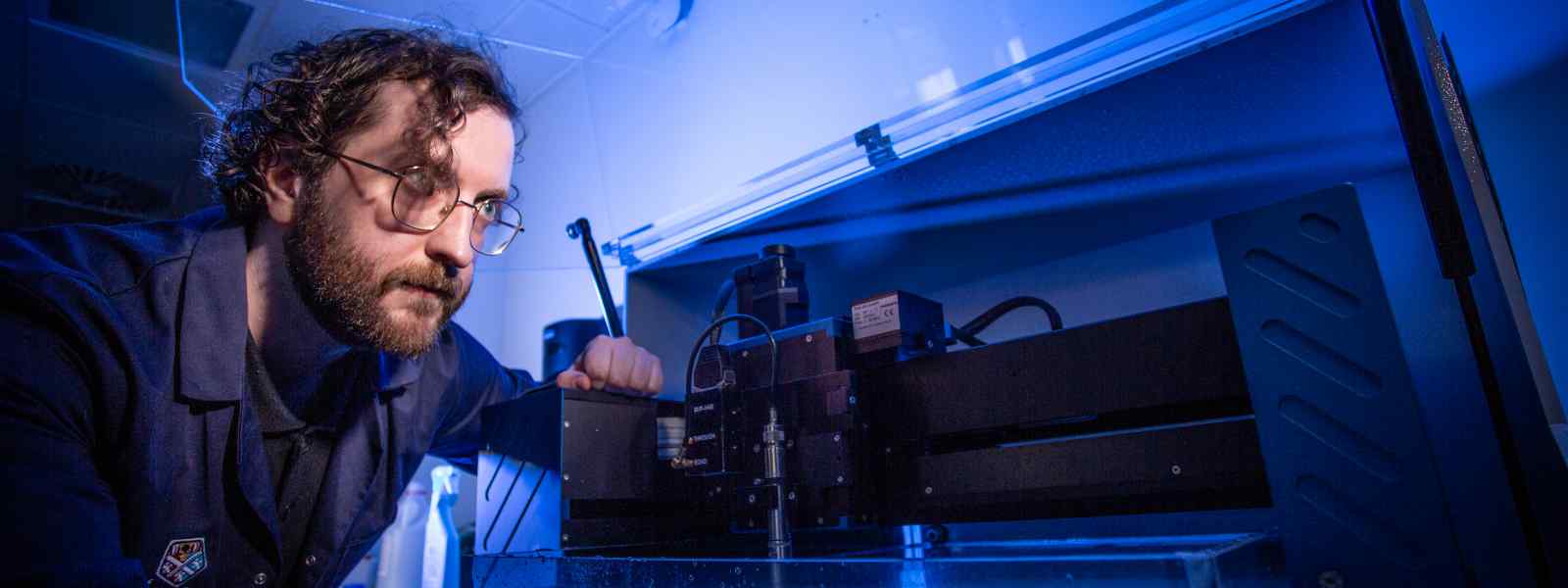
Pioneering ultrasound technology research, which could lead to significant advancements in medicine, has been selected to be shown at the Royal Society’s Summer Science Exhibition in London.
The display from researchers at the Universities of Strathclyde and Glasgow will demonstrate medical applications, including ultrasonic bone cutting and healing tools and smart drug delivery capsules that create targeted treatment streams.
Exhibition visitors will also be able to use tablets to see how non-invasive neurosurgery techniques can target brain conditions which cause tremors.
The exhibit is presented by FUSE CDT (EPSRC Centre for Doctoral Training in Future Ultrasonic Engineering), led by Strathclyde and Glasgow. It will be on show with the rest of the exhibition from 1-6 July.
Professor James Windmill, Director of the Centre for Ultrasonic Engineering at Strathclyde and Co-director of FUSE CDT, said:
The exhibition demonstrates the strength and depth of ultrasound engineering research within the UK and shows us how university research benefits so many people worldwide.
The FUSE CDT exhibit, titled Focused Energy: Extraordinary Ultrasonics! will offer visitors a range of hands-on, interactive experiences designed to make complex scientific concepts more accessible.
Diverse applications
The interactive exhibit features six hands-on demonstrations that showcase the diverse applications of ultrasound technology, to help visitors understand the science which underpins their development. They will be able to create standing waves using skipping ropes; experience echolocation, used by bats to track objects down, through specially designed helmets, and see polystyrene beads floating in ultrasonic fields made visible with smoke.
Professor Sandy Cochran, of Glasgow’s James Watt School of Engineering and Co-director of FUSE CDT, said:
Ultrasound is familiar to most people through pregnancy scans but we're pushing the boundaries of what this technology can achieve in medicine. We’ve worked hard to ensure our exhibits will bring those technologies to life in ways that are entertaining and educational, and we’re looking forward to welcoming visitors to our stand.
The exhibition at the Royal Society is also supported by colleagues at the University of Dundee and King’s College London.